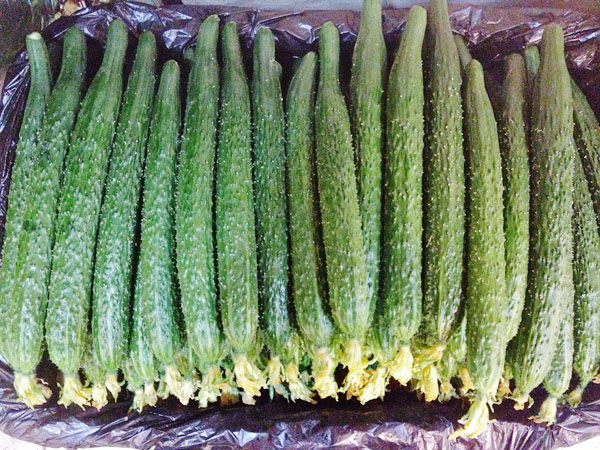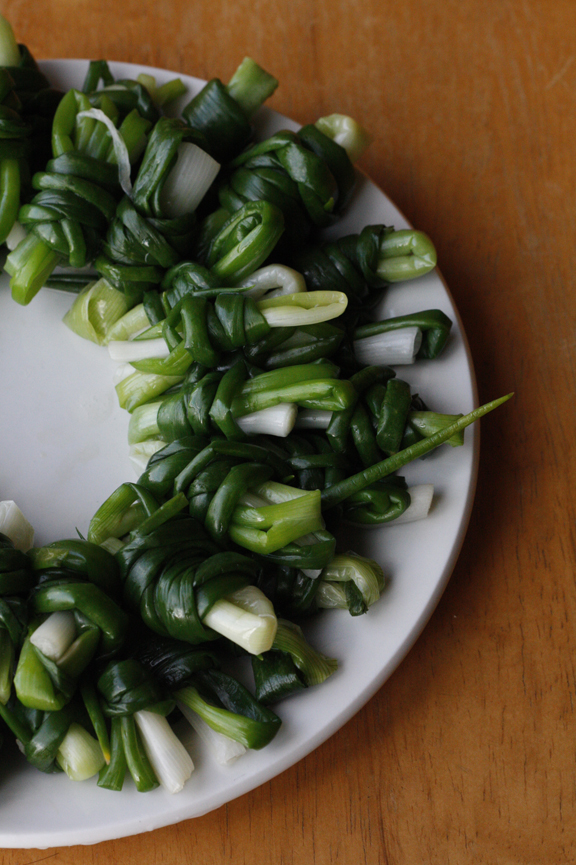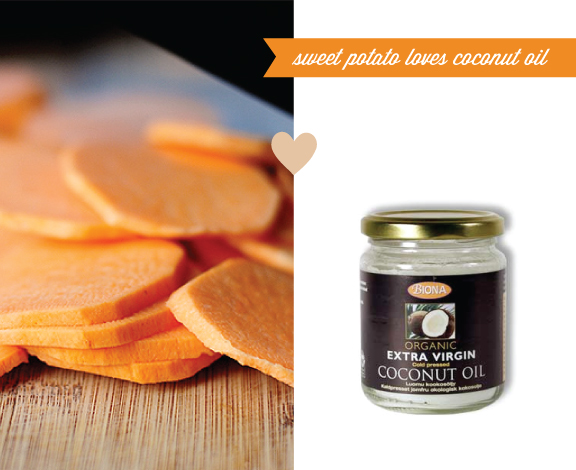Cucumber has become what I associate with summertime in Beijing. During these oppressively hot months, you’ll often see street vendors selling not popsicles (ok, you can find those too) but, yes, cucumbers — on a stick!

Last summer, when Becca visited and we went to the Summer Palace, we came across just these cucumber street vendors and couldn’t resist giving it a try. For a couple kuai you can have the cucumbers peeled and attached to a stick to make for easier munching as you stroll through the Long Corridor or climb up Longevity Hill.
It’s convenient that cucumbers are considered cooling in both American and Chinese cultures, so it’s not too hard to accept this as a good and healthy snack in hot weather. But on top of that, I should point out that the cucumbers in China are just plain delicious. None of the waxy skin, none of the watery, bland flavor. They’re of a variety that is long and skinny, with a somewhat prickly skin. But the most distinctive characteristic of these cucumbers is that they are wonderfully, satisfyingly crunchy. They beg to be taken up in your fist and munched on right on the spot. Those street vendors really have the right idea!
We are fortunate to get an organic CSA-type delivery here, and during the weeks of summer, the cucumbers have been really plentiful. I think at one point I had something like 10 cucumbers in my fridge at once. I tried to make cucumber soup, very cucumber-ful Greek salads, very cucumber-ful Vietnamese noodle bowls… But on many nights, the most efficient preparation of all has been this classic smashed cucumber dish, which you can find at just about any restaurant in Beijing.
Traditionally, this dish is made by actually smashing the cucumber with the side of a cleaver until the cucumber breaks into chunks. This not only helps release a lot of the cucumber juices but also gives the pieces nice ragged edges, all the better for holding the garlic vinegar dressing. After trying a couple different methods, I’ve decided that the easiest for me is actually to smash the cucumber with my heavy stone pestle. I’ve found that keeping the cucumber whole (rather than first cutting it) before you smash it makes for much easier smashing. That way, the cucumber skin is still firmly gripping the surface it’s sitting on, and you also have the benefit of the cucumber still containing most of its juices. After smashing, I roughly chop the cucumber into chunks.
Smashed Cucumbers (pai huang gua æ‹é»„ç“œ)
Serves 4-6 as a side dish
If Chinese cucumbers are not available, substitute with crunchy kirby cucumbers. English cucumbers would also work. For a simple, quick version, this dish can just be dressed with just some chopped garlic and a splash of Chinese black vinegar.
2 Chinese cucumbers or 4-5 kirby cucumbers
2 cloves garlic, minced
2 tsp Chinese black vinegar
1 tsp soy sauce
1 tsp sesame oil
pinch of sugar
pinch of salt
1. Using the side of a cleaver, the handle of a large knife, or a large pestle, smash the whole cucumbers until they begin to crack open and release juices. Chop the cucumbers roughly into bite-size chunks.
2. Toss the cucumber with the remaining ingredients in a bowl until well dressed. Let the cucumbers marinate for 10 minutes to soak in some of the sauce. If desired, chill before serving.






























Connect with us